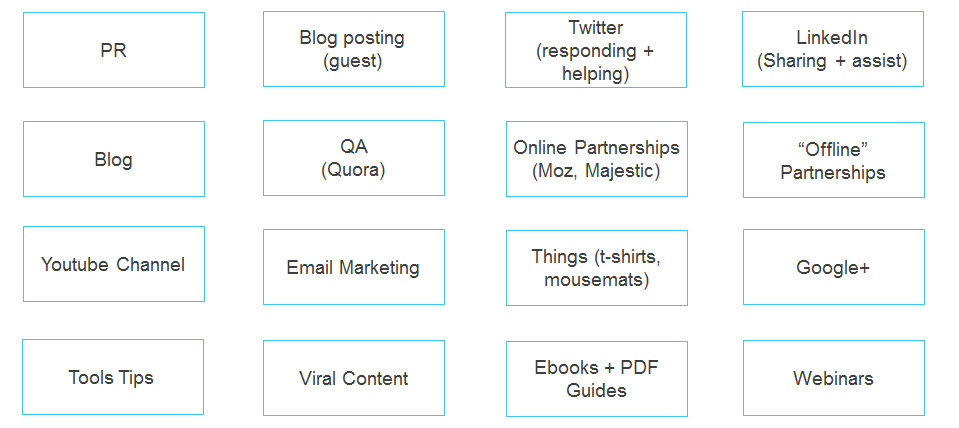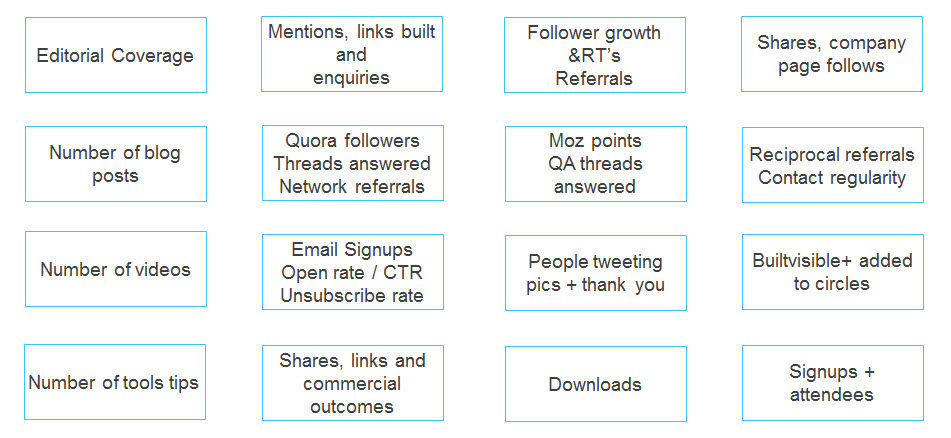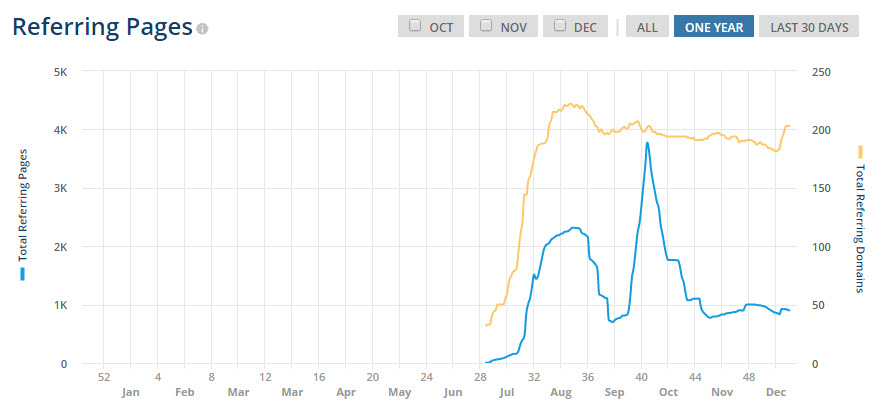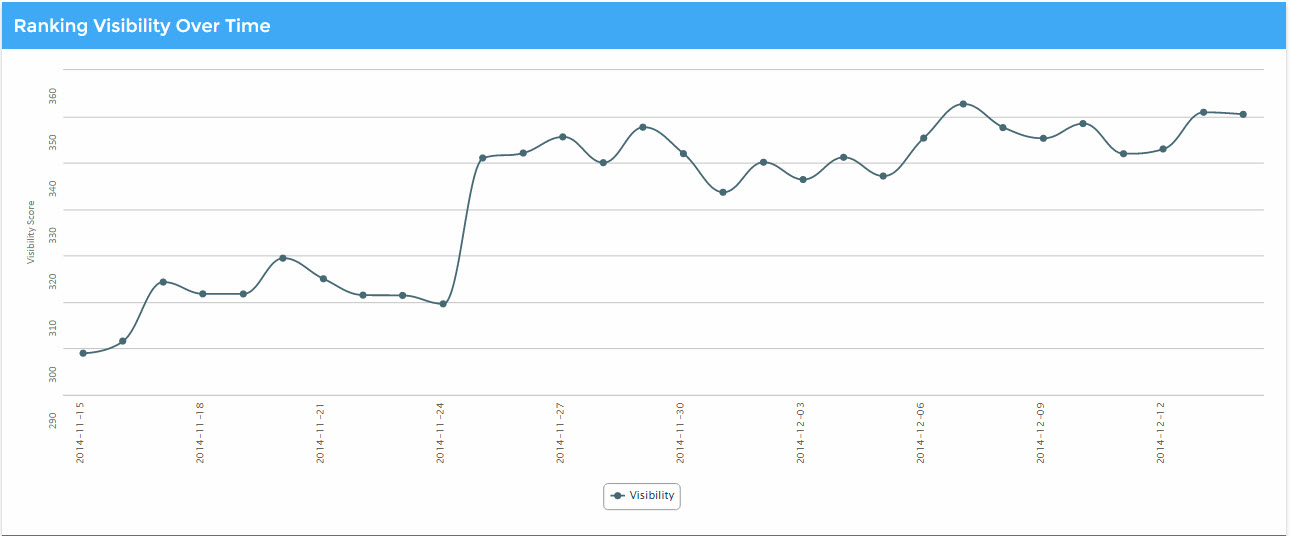Your data points need to be a proxy to reality
Like Ferrari’s F1 team, sometimes our own SEO data points don’t adequately reflect reality, either.
This thought took me back to a sales meeting I’d recently attended. Unfortunately, the conversation became overly technically skewed.
While I was quite able to hold the attention of the *one* SEO in the room, the Senior Executive looked really, really bored.
My takeaway: when you report on a “PageRank 7” link you just built for a client – you’re going to get a disappointing response back unless they’re very savvy in SEO. Most of the time it’s fair to say your client, might not care about PageRank. Clients shouldn’t care about link volume or other surface level SEO metrics because their core KPIs are based around revenue and sales.
You have to turn this conversation more towards measurable, real life outcomes. Tell your clients what you did and what the outcome was. What were your inputs (some new links gained from a content marketing campaign, for example) and what, therefore, were the outputs? (Revenue, sales, email signups, whatever).
What metrics matter to me?
My job is to market Builtvisible. Here’s a little insight into how we define the inputs and measure the outputs of marketing Builtvisible:
Define a marketing activity matrix
I find it’s extremely powerful to define an activity matrix. What are all the things your company should be doing on a daily, weekly and monthly basis? Hosting meetups, writing blog posts, guest posting, answering QA threads on Moz – whatever works:

In our case, the “whatever works” must be measured, from email signups, completed contact form enquirers. So, we take each activity to determine the correct metrics:

It doesn’t really matter what type of company you are, or what vertical you trade in, building a matrix like this and setting appropriate measures can be really useful. As a pro tip, remember you can use the really targeted outreach methodology to improve your targeting during outreach!
Tracking mentions
I use Talkwalker to track our mentions – for example, who is talking about us, who’s talking about us from outside the SEO industry, etc.
I’m also keen to understand what networks and websites are driving traffic that converts and how we compare to our competitors in mentions and link growth.
While I think Talkwalker remains by far the best, Mention.net is also excellent. On social mentions, my old favourite Topsy Analytics is always going to be in the toolbox.
Buzzsumo is particularly good too. Obviously I always recommend you take the Moz toolkit for a quick spin, certainly Open Site Explorer has been upping it’s game in response to the emergence of these new tools.
Link growth
I’m keenly interested in checking for new backlinks. Often, using Majestic’s API through SEOgadget for Excel, although aHrefs is formiddable. I’m an admirer of their work – it’s a very, very good link analysis tool.

Have you ever thought of monitoring the rate a URL attracts links? Link acquisition delta is something most SEOs don’t take the time to review. How quickly are items of your own content, or your competitors, attracting new links?
While you’re at it, if you’re penalised or managing your link profile to tease out better SEO performance, you could do a lot worse than to monitor your link removal rate:

Search engine visibility
I’ve written about the validity of search engine visibility (as a metric) before. I would argue that, if you *know* the search terms you’re targeting have lots of high converting traffic, you’re good to go on a ranking score. Our algorithm takes a number of factors into account.

And I think it becomes especially powerful when you’re combining the data with organic traffic:

There’s more
This post is based on a presentation I gave at SMX Milan. If you’d like to download it and check out the other tips, take a look: https://bit.ly/seogadgetmilan (small note: the presentation was written prior to our re-brand to Builtvisible.com)

Julie Hong
Hello Richard,
On behalf of the Talkwalker team, thank you for honourably mentioning us! :)
If I may add a piece of information, our free alerting solution can give an insight of the number of mentions between several brands, but our full social media monitoring solution can do a 360° competitive online and social analysis with deeper analytics and more comprehensive reports (as quickly shown in https://vimeo.com/74456241)
Julie
Nikhil Jain
Thanks for the insightful content, Richard. I’m thinking of including Quora in my monthly marketing activity list too, and was just wondering what are the kind of results you see when using that platform?
Thanks!